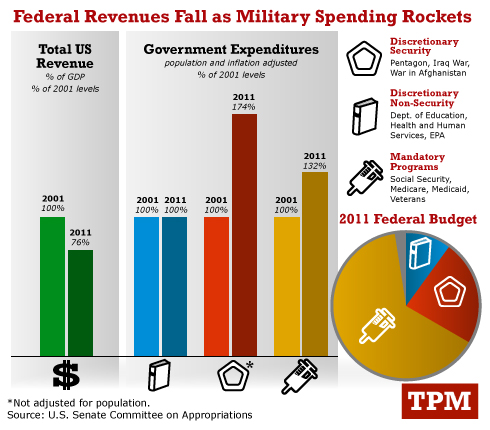The farm bill: now what?
After the budget SuperCommittee failed to reach an agreement yesterday, Rep. Frank Lucas, Chairman of the House Agriculture Committee, and Sen. Debbie Stabenow, Chairwoman of the Senate Agriculture Committee issued a joint statement about their proposal for the farm bill:
House and Senate Agriculture Committee leaders developed a bipartisan, bicameral proposal for the Joint Select Committee on Deficit Reduction that would save $23 billion.
However, the Joint Select Committee’s failure to reach a deal on an overall deficit reduction package effectively ends this effort.
We are pleased we were able to work in a bipartisan way with committee members and agriculture stakeholders to generate sound ideas to cut spending by tens of billions of dollars while maintaining key priorities to grow the country’s agriculture economy.
We will continue the process of reauthorizing the farm bill in the coming months, and will do so with the same bipartisan spirit that has historically defined the work of our committees.
With their proposal to cut $23 billion from the farm bill over 10 years (~$2.3 billion per year) blown out of the water (see yesterday’s post), the big question is what happens next.
Philip Brasher, who follows such things closely, writes in the Des Moines Register that the existing farm programs expire in two years. The point of trying to hide the farm bill in the SuperCommittee was to protect farm subsidies from attack on the House or Senate floor:
Critics of using the supercommittee process to write farm policy saw it as an end run by the agribusiness lobby to guarantee growers a continued stream of federal money with as few strings attached as possible.
Now everything starts from scratch:
The conventional legislative process for writing a new farm would include public meetings and votes in committee and on the House and Senate floor. But that’s a long, difficult process for a major bill to navigate even in a year when little else is going on, and 2012 will be a presidential election year.
….Also up in the air is how much agriculture spending will be cut. The debt-reduction committee’s failure to reach a deal is supposed to trigger about $1 trillion in automatic cuts, including a $15 billion reduction in agricultural programs over a 10-year-period.
The agriculture committees had been crafting their farm bill to cut $23 billion, and now that the supercommittee has deadlocked corn growers lobbyist Sam Willett says that the eventual spending cut could wind up higher than that.
“The new starting point is $23 billion, not $15 billion,” he said.
Chris Clayton, writing for the Progressive Farmer, gives some of the juicier gossip about what led to this point. He quotes Senate Agriculture Ranking Member Pat Roberts, R-Kansas, complaining that even he had been left out of the loop:
In recent weeks, the chairs of the House and Senate Agriculture Committees have worked on a farm fill proposal, largely without my input and the input of the other members of the two committees. The last proposal was so ‘secret’ that I still have not seen final legislative language and scores.
If you thought the process was nasty up until now, I’m guessing what comes next will be worse. Lobbyists for every piece of the farm bill will be working even harder to protect their employers from budget cuts.
The big ticket items are, in order, food stamps, commodity supports (including crop insurance), and conservation. The fights will not be pretty, especially in a Congress that seems to care much more about who’s in power than about creating a healthy, sustainable agricultural system.
Additions, November 23: The National Sustainable Agriculture Coalition (NASC) has produced two analyses of the situation with the farm bill. Part One reviews what has just happened and what it may mean (short answer: up in the air). Part Two provides NASC’s analysis of the leaked bill proposed by the secret committee (the actual proposal has not yet been released).




